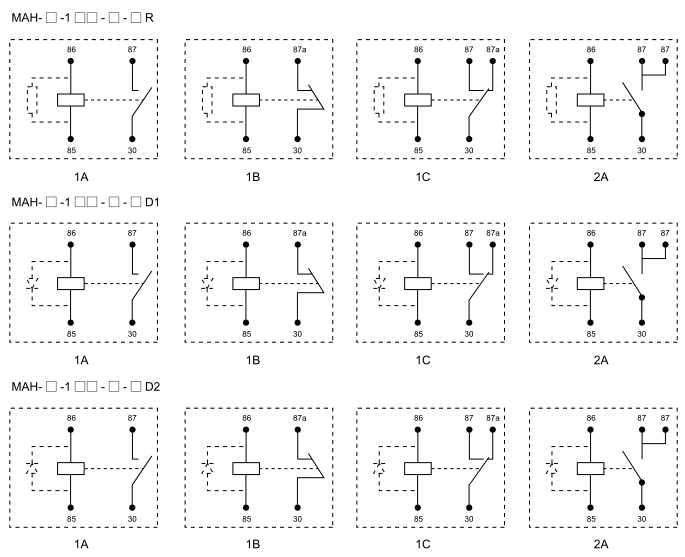A relay circuit is a fundamental component in electrical and electronic systems, offering a reliable means of controlling high-power devices with a low-power signal. By using an electromagnet, a relay can open or close a set of contacts to control a secondary circuit, making it a crucial tool in various applications. From household appliances to industrial machinery, relays are ubiquitous in the world of electronics. This article will explore the working principle, types, and practical uses of relay circuits.

What is a Relay Circuit? At its core, a relay is an electrically operated switch. It consists of a coil of wire that, when energized by a current, creates a magnetic field. This magnetic field moves a lever or armature, which in turn either closes or opens the contacts of the relay. This simple mechanism enables a small control signal to manage the operation of larger electrical devices, which might require higher currents or voltages. Relays are typically used to switch between different circuit configurations, allowing one signal to control several outputs or devices. For example, a low-voltage control signal, such as from a microcontroller, can be used to switch on a high-voltage motor or lighting system.